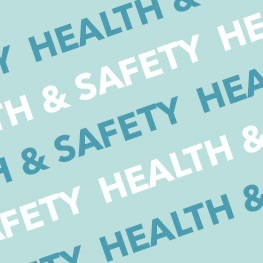
Some of the best family meals are cooked on a camp stove or over a fire pit and eaten at the campsite picnic table.
But, when camping, foodborne bacteria are easily spread unless perishable food is kept cold and the preparation area and equipment is kept clean.
Bacteria can multiply rapidly in warm outdoor temperatures and cause foodborne illness, which is the last thing a happy camper needs. So how can you prepare food that's safe to eat without refrigeration and hot running water?
Choose mostly food that's lightweight and doesn't require careful packing, refrigeration or much preparation in the campsite. Good choices include:
powdered milk, hot chocolate and fruit drinks; concentrated juice boxes, dried soups and pastas; commercially canned tuna or salmon, ham, chicken, and beef; canned vegetables and pasta sauce; rice, pasta and pancake mixes; dried fruits and nuts; peanut butter in plastic jars.
Repackage items such as rice and noodles in plastic bags and carry only as much as you'll use. In fact, take all food in the smallest size needed, such as a small container of ketchup or jam. Seal frozen and chilled meat, poultry and fish in a second plastic bag to prevent juices dripping onto other foods.
Some meals, which include perishable foods, can be prepared ahead and frozen or purchased frozen. Also look for fresh foods which are packaged ready-to-eat, such as small packets of peeled baby carrots or mixed salad. When safe drinking water will not be available, bring bottled water for drinking or mixing with food and disposable wipes to keep your hands clean while preparing food.
Pack frozen and chilled perishable foods in an iced insulated cooler which, space permitting, is transported in the passenger section of your vehicle, then at the campsite insulated with a blanket, tarp or poncho. A block of ice lasts longer than ice cubes. You can also use clean, empty milk cartons to pre-freeze ice blocks or use frozen gel-packs. Use a separate cooler for drinks so the food cooler isn't constantly opened allowing cold air to escape. Pack cold or frozen foods into the cooler in reverse order.
Foods to be used last should be packed in the bottom. Plan meals which require as few pots and pans as possible, to simplify clean-up. You can use aluminum foil as covers or to wrap packets of food for cooking over the campfire, but be sure to dispose of it appropriately.
For answers to other questions or for more information about food safety, call the Food Safety Info Line. Throughout Alberta the toll-free number is: 1-800-892-8333. Calgary residents can call: 287-0098.
Calgary’s Child Magazine © 2024 Calgary’s Child